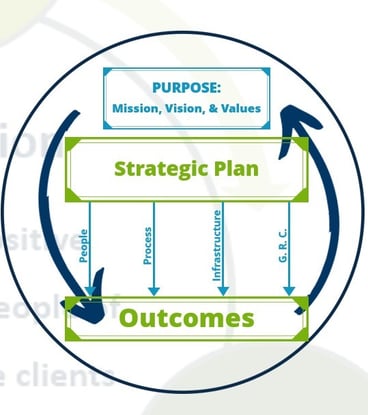Cultural Architecture: Designing, Building, & Nurturing Organizational Cultures That Create Competitive Advantages
organizational culture: a distinctive pattern of thought and behavior shared by members of the same organization and reflected in their language, values, attitudes, beliefs, and customs. The culture of an organization is in many ways analogous to the personality of an individual.
Stop reading. Stand up and walk around your office. Ask the first five people you see to define “organizational culture.”
I am curious what you heard. Did they mention beer on tap? Nice team-members? Flexible work schedule? Did they spend time providing examples of “things” within an organization as oppose to clarifying what “culture” is?
Now, here is a second exercise. Either by phone or email, contact five organizational leaders, and ask them what they do on a regular basis to build a healthy culture.
What did you hear? Did they talk about providing a safe work environment? Did they talk about the benefit offerings? Did they mention going out for drinks with the team?
Most people I encounter recognize that organizational culture is important, and they want to work within a “healthy culture.” Furthermore, positive cultures are at the top of most job interviewers lists of what they want in their next job. This is fantastic!
However, most people have a difficult time defining culture. They can “feel” it when they are in a good or bad culture. They can identify toxic characteristics of a bad culture. For organizations to thrive, it is important that leaders know how to build, nurture, and protect healthy culture. 
Building, nurturing, and protecting healthy cultures requires leaders to be “Cultural Architects.” “Cultural Architects” are leaders who know what it takes to create and maintain a great culture. Like any architect, a “blueprint” or framework is needed. One cultural framework to consider is what I call “The Organizational Culture Ecosystem.” To understand this “Ecosystem,” please see the graphic (right) and explanation (below).
1. Purpose - Great cultures start with compelling purposes. Their mission, vision, and values paint an intriguing adventure. These are not just statements developed at some off-site leadership retreat. No, they are anchors holding an organization to its past, present, and future. They are decision-making tools to say “yes” to some opportunities and “no” to other ones. They guide growth strategies, hiring decisions, and infrastructure investments. If they do not help an organization, they are weak and useless. Purpose statements should let people know that they are part of something big and provide a sense of belonging. They should signal to people that joining the organization means going on a meaningful journey.
- Mission – Why do we exist? The mission denotes why the organization exists. It identifies what the organization does (or should do).
- Vision – What do we want to look like/be known for in the next several years? The vision describes what and where the organization wants to be. It is a bit lofty and grand. It represents what the future could be. It should be aspirational and challenging.
- Values – What are our guiding principles? The values are core philosophies describing how people should act in carrying out the mission. Such philosophies should support the mission and vision. These are how an organization does things.
2. Strategic Plans - Great cultures have strategic aims to get where the organization wants to go. This is the point of strategic planning. Strategic planning is the process of aligning organizational objectives to actions that maximize resources resulting in a competitive advantage in the marketplace. This is a roadmap. Such planning ensures that the organizational purposes align to actionable objectives, goals, strategies, and measurements. A good plan is not a haphazard list of “to-dos.” It requires a thoughtful process of exploring the terrain, unifying the team, and developing the plan. Once in hand, the plan becomes a roadmap. Like any roadmap, though, it needs movement and consulting to arrive at the destination.
3. Connectors—Purposes and Plans are simply ideas, documents, and decorations without specific ways to connect them to outcomes. This connection occurs when an organization has the right people, doing the right things, in the right ways, with the right tools, within the right necessary guidelines.
- People—It is easy for organizations to misalign purposes and plans with their people for several reasons. First, when a team-member’s intended job responsibilities are misaligned to what the organization wants the person to accomplish, work will be done, but it will be off target. Second, hiring the wrong person can be devastating to an organization. The right person has the willingness to do the job, the ability to do the job, and is a fit with the team/organization. When the right people know what to do and they have the support to do it, purposes and plans become intended outcomes.
- Process—All organizations need the right processes in order to get work done. Broken, outdated, or mis-sized processes hold organizations back. As an organization ages and/or grows, there is danger of process integrity to wane. Like the children’s game of telephone, undocumented and unenforced processes go through multiple iterations as one team-member teaches another team-member their own unique “spin” to the process. Over time, the add-ons, subtractions, and different iterations cause misalignment and confusion. It is essential for organizational leaders to demand compliance, listen for changes from team-members utilizing the given process, and adjust as the organization evolves.
- Infrastructure—As an organization evolves and/or grows, new technologies and tools must be purchased. The right infrastructure gives organizations opportunities to be more efficient and effective. Better software programs, a larger factory, robotic technology, reconfigured workstations…all of these can propel organizations to greater growth and realization of outcomes. Great cultures must have strong structures to help them thrive.
- (GRC) Governance, Risk Mitigation, Compliance—Organizations can become distracted when they allow legal or compliance issues to dominate the organization’s time, money, and resources. Great organizations recognize that risks and dangers exist that can derail good purposes and plans. Having the right mechanisms, processes, and relations to control and operate an organization are essential. For instance, if a manufacturer does not take safety seriously, one major accident can ruin its reputation and distract it from making what it wants to make. Also, if an organization does not follow employment laws, such as FMLA, one wrong termination may result in litigation. Many GRC issues can be addressed proactively. However, organizations focused upon reactive measures will find themselves distracted and damaging their reputation. This makes it difficult for purposes and plans to result in intended outcomes.
4. Outcomes
Leading Indicators
- Leading indicators are predictive indicators looking forward at future outcomes and events.
- Examples—people wearing hard hats on a manufacturing floor, new orders for capital goods, applications for employment, new prospects in the sales pipeline.
Lagging Indicators
- Lagging indicators look back to see if the intended outcome became a reality.
- Examples—employee engagement, employee retention, number of injuries on a manufacturing floor
Both types of indicators provide value. It is good to predict what may happen and change course as needed. It is also good to see what did happen. Both allow organizations to gauge whether their outcomes may or did align with purposes and plans.
Great cultures are difference makers! The create environments where potential is unleashed, innovation is the norm, and productivity sky rockets. Great leaders will be intentional about how they nurture their culture to ensure “cultural killers” do not create unnecessary distractions. To these leaders, building, nurturing, and protecting the culture is as important as any other organizational aspect.
Great cultures will not happen on their own. It requires intentional work that perseveres through many difficulties. You never arrive when building a culture…you just keep getting better.
Need assistance with addressing short and long term HR needs for your business? Contact me at steve.black@brixeyandmeyer.com, and we will address them proactively.
Disclaimer: This blog is not legal advice, but merely informed opinion or general information meant for no particular purpose. Issues addressed in this blog often implicate federal, state, and local labor and employment laws. This blog is not intended as a substitute for legal advice. Readers should consult labor and employment counsel to determine whether their particular policies, procedures, decisions, or courses of action comply with such laws.

-1.png)